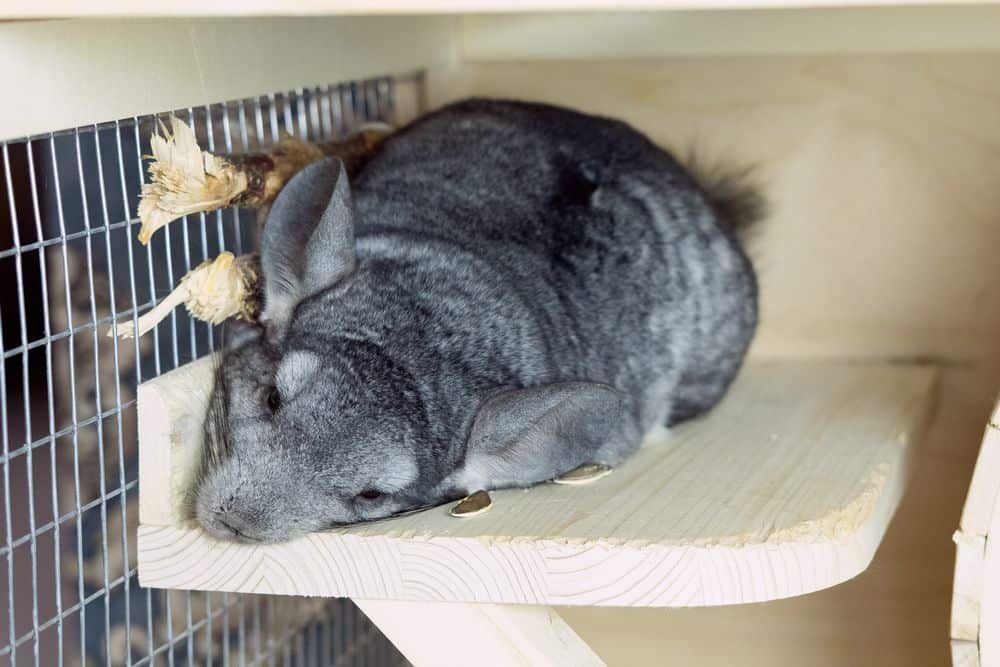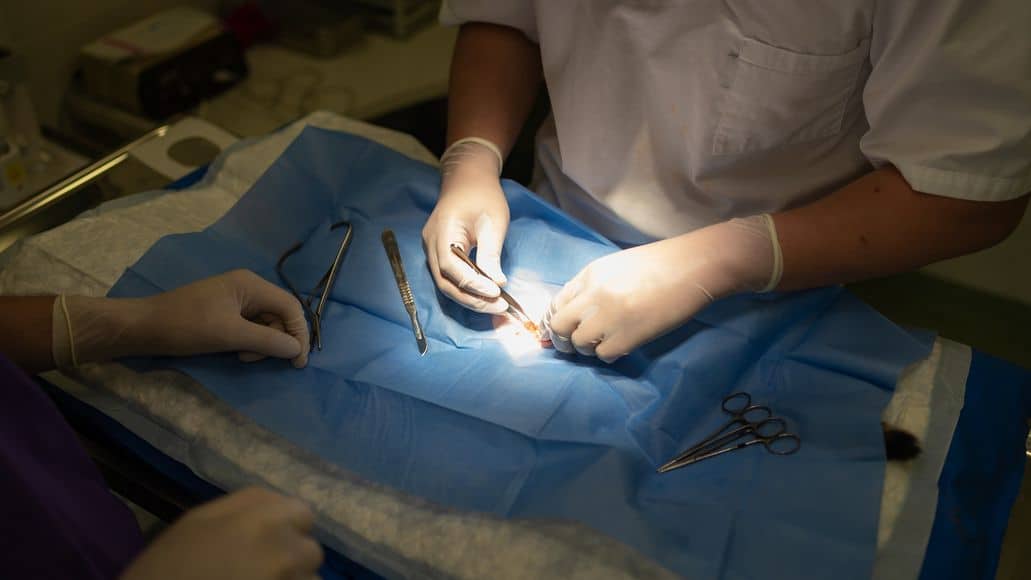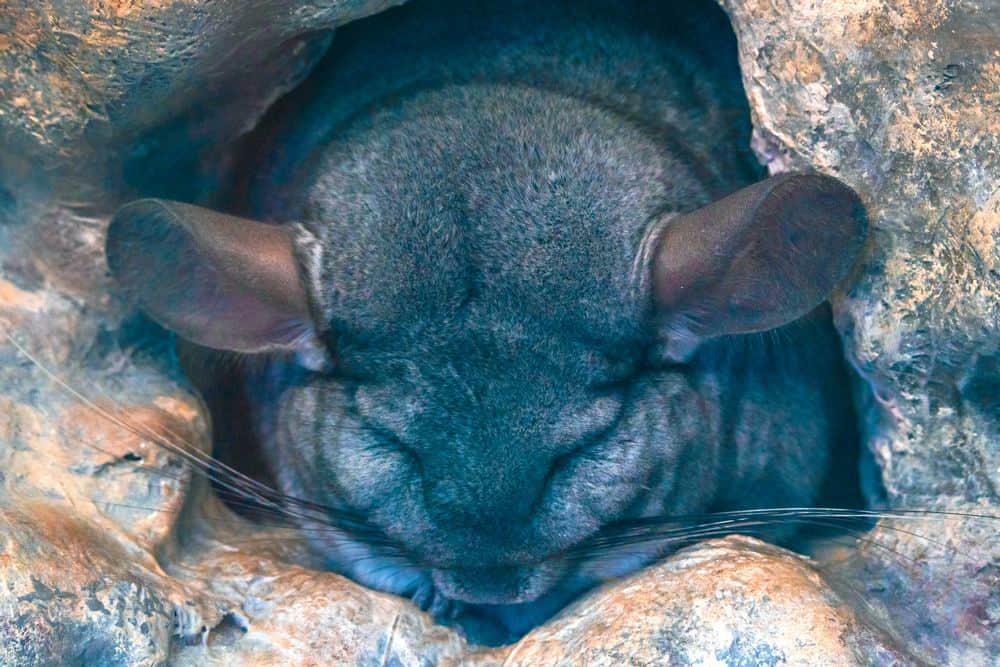
Anything out of the ordinary is scary.
And some things are much scarier than others.
Seeing your chinchilla dragging its hind legs will freak anyone out.
If you don’t see an obvious injury, your immediately think something is very wrong.
And rightfully so. A chinchilla dragging the back legs can be a sign of a serious health issue.
Keep reading to learn all about the possible causes of a chin dragging its rear legs and what you should do if you see your pet doing this.
Contents
Chinchilla Dragging Back Legs
A chinchilla dragging its back legs can be caused by various factors, from genetics to illness to injury. As an owner, it’s important to know the possible causes of this condition and what you can do to help your furry friend.
To that end, let’s take a closer look at some of the most common issues that can cause a chinchilla to drag its hind legs.
Degenerative Disk Disease

One of the most common reasons chinchillas drag their back legs is because of a genetic condition called degenerative disc disease. This condition is characterized by the weakening and degeneration of the discs that support the spine, causing issues in motor function.
Although there is no cure for this disease, proper care and management can help to slow down its progression. As a chinchilla owner, it’s crucial to provide your pet with a comfortable and safe environment, regular grooming, and a well-balanced diet.
Urinary Tract Infection
Chinchillas can also develop urinary tract infections, which can lead to bladder stone formation. The stone can press on the spinal cord, causing hind leg paralysis. It is also painful.
Such an infection is treatable with antibiotics, and the stones can be surgically removed. However, if the condition is left untreated, it can lead to further complications and even death. I definitely recommend strongly that you take your chinchilla straight to the vet.
Broken Leg
It could also be that your chinchilla has broken its leg. Obviously, this is very painful for your little friend! There could be a number of different ways that your chinchilla can break a leg. One of the most common is due to objects in its cage. If your chinchilla is playing and then its leg becomes caught, it could cause a serious amount of pain for your pet.
Your chinchilla can also break its leg if it gets caught in the bars of the cage. If your chinchilla’s leg becomes stuck in the bars, it can break if your chinchilla tries to pull itself free. That is why it is best to avoid wire bottom cages, or at least cover the bars with a solid covering, like a fleece liner or simply a piece of safe wood.
Other ways your chinchilla can easily break its leg include jumping, being dropped, or even from malnourishment if your chinchilla’s bones become brittle.
Treatments

Once you notice that your chinchilla is dragging its back legs, it is crucial to take it to the vet immediately. Depending on the cause, your vet may recommend different treatments. In case of an injury or spinal cord problem, your vet may recommend surgery or pain management medications.
However, some spinal cord injuries are irreversible, and your chinchilla may never fully recover. In cases of arthritis, the treatment options may include anti-inflammatory drugs, supplements, or even physical therapy. If the cause is Malocclusion, treatment would include regular dental trimmings and antibiotics.
Prevention
Preventing your chinchilla from dragging its back legs is crucial. You should always ensure that its environment is safe and secure from harm. Make sure that your chinchilla’s cage is spacious enough and free from sharp objects that could injure it. Exercise your chinchilla daily to help maintain its joint health, strengthen the muscles, and to make sure it maintains a healthy weight.
Caring For Your Injured Chinchilla

Taking care of a chinchilla with a leg injury requires a lot of patience, love, and care. Make sure that your chinchilla gets the necessary support it needs while moving around.
You can use a sling or a towel to support its back legs and make it easier for it to move around. You should also ensure that its bedding is soft and comfortable to minimize pressure on the joints.
Chinchilla Paralyzed Rear Legs: Final Thoughts
A chinchilla dragging back legs can be an indication that something is very wrong. If it is not the result of a broken leg, chances are it could be a serious illness. Get your pet to see a vet as soon as possible.
As always, prevention is the best treatment. To prevent this your chinchilla having paralyzed rear legs, provide it with the best possible care. That is the best way to help prevent health problems.
Of course, accidents are always possible, but proividing your pet a safe environment minimizes the chances of accidents. And a healthy diet keeps bones strong and in less dnager of snapping.
Leave a Reply